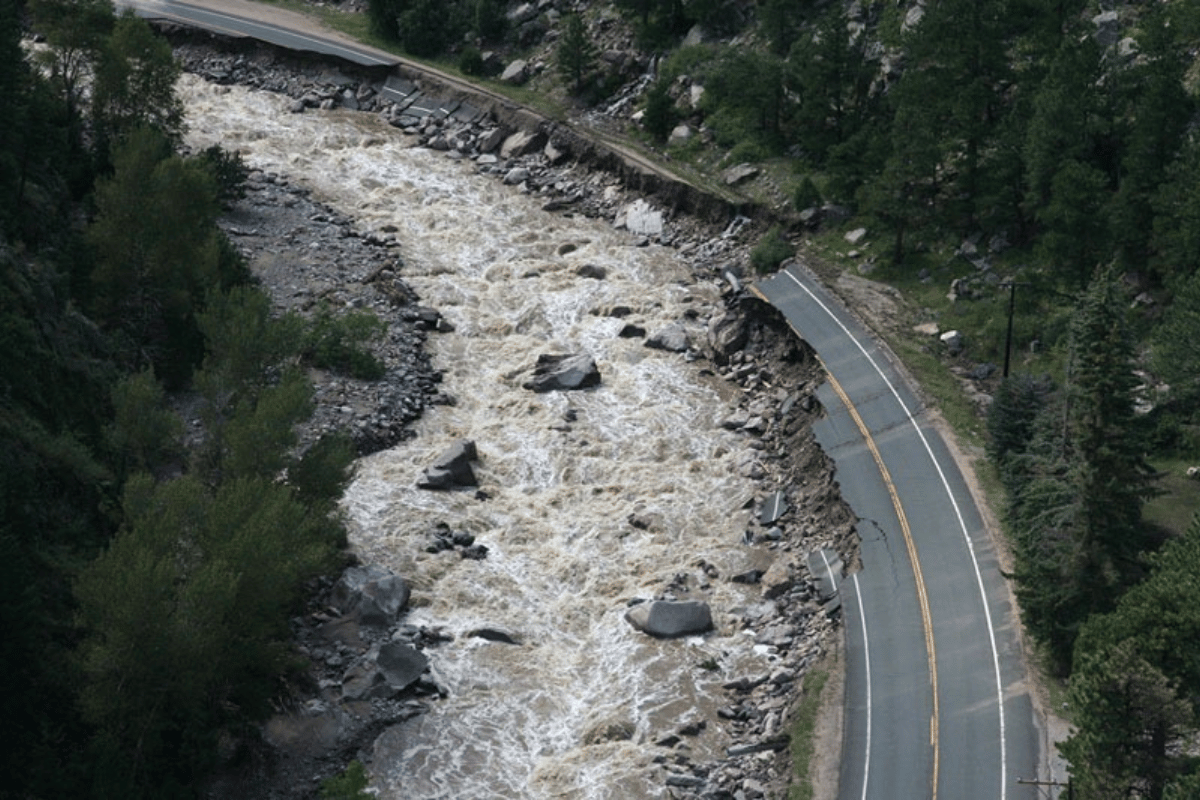 Many cattle ranchers in Colorado are starting to recover from the drought that gripped the state in 2012 and 2013. But if you want to know why beef prices are at an all-time high, ask John Campbell, president of the Winter Livestock Auction in La Junta.
Many cattle ranchers in Colorado are starting to recover from the drought that gripped the state in 2012 and 2013. But if you want to know why beef prices are at an all-time high, ask John Campbell, president of the Winter Livestock Auction in La Junta.
Though the drought has ended for much of Colorado, the U.S. Drought Monitor map shows big red splotches over the southeastern parts Colorado, meaning “extreme” to “exceptional” conditions -- the worst drought ratings.
Though the last week or so has brought rain to the region, easing dry conditions, it is too little, too late for the ranchers who have sold off cattle they couldn’t afford to feed.
“It’s kind of the best of times, the worst of times,” Campbell says.
Some ranchers have reaped some sweet profits, Campbell says. But ranchers were forced to make the sales, he adds, and it will take them time to rebuild their herds.
“When you sell off the factory, for lack of a better example, then you have nothing to produce any natural increase next year,” Campbell says.
Serious drought spans several states -- Kansas, Texas, New Mexico, Arizona, Utah, Nevada, Idaho, Oregon and California.
Campbell says those dry conditions are what's driving cattle ranchers to sell and, in turn, beef prices to rise. USDA “all-fresh” beef has risen to $5.50 a pound, up from about $4.75 two years ago. And choice beef is significantly more pricey since 2012, now selling at close to $6 a pound.
While in the last year the cost of the hay needed to feed cattle has come down in some parts of the country, including Colorado, hay costs remain high in drought-struck areas. In southeastern Colorado, ranchers haven’t been able to take advantage of lower hay prices elsewhere, because of the costs associated with trucking it in, including rising fuel costs.
“By the time they deliver it here, it costs as much or more than the locally grown hay that is high just because of a demand situation locally,” Campbell says.
The overall picture for Colorado is better than it was two years ago, says Ron Carleton, deputy commissioner of agriculture for the state. As the drought has faded throughout much of Colorado, there have been “significant improvements” to the agricultural economy, he says.
But for southeast Colorado, rain is the game changer that everyone is hoping for.








